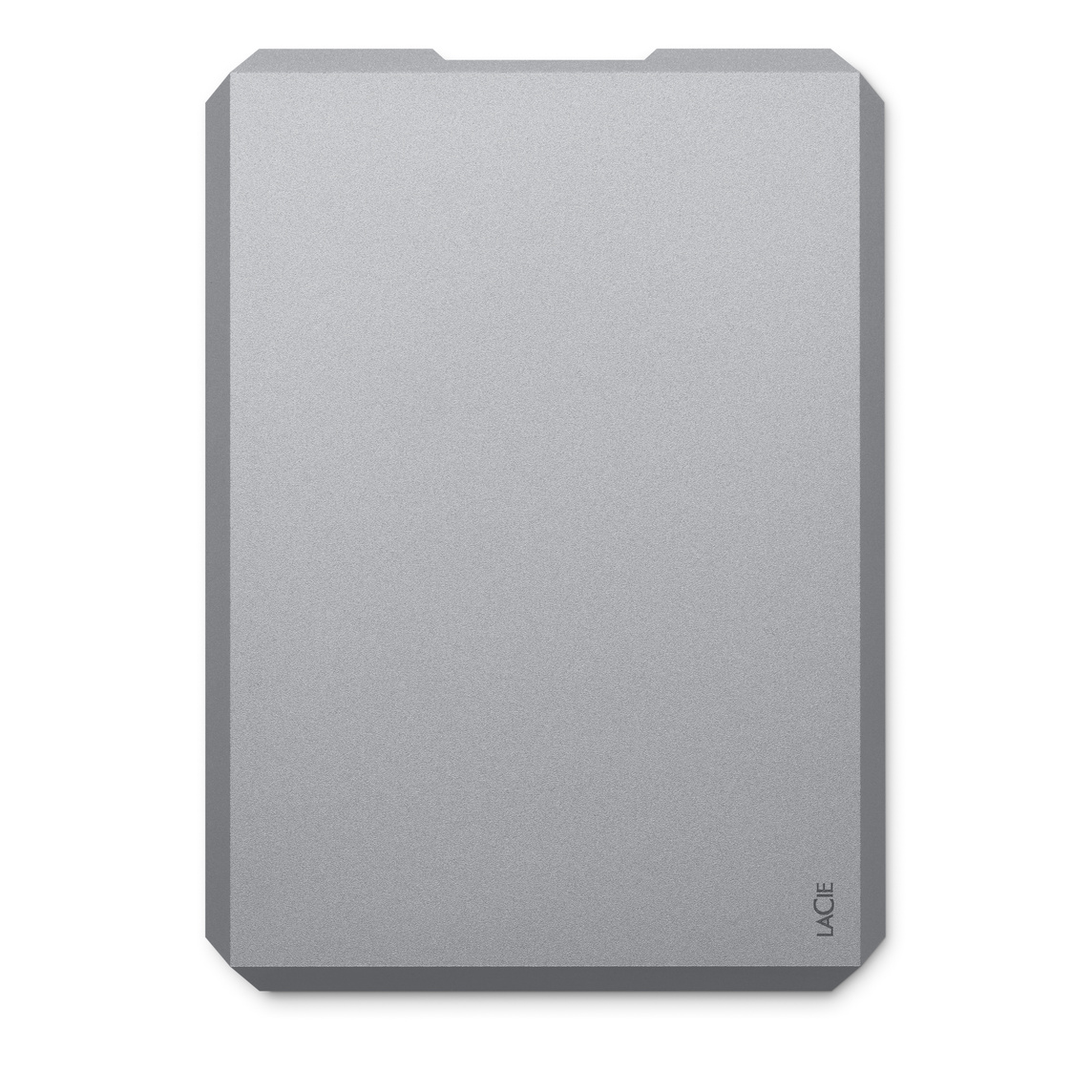Command-C is a small application that will automatically synchronize your devices clipboard without requiring any special attention. The Command-C desktop app for the Mac is a companion for the Command-C for iOS app. Note that you must have both applications running on your respective devices. For the beginning C student who is familiar with the Mac, this is a great way to go. But there are more options, so off we go. Next: Method #2 – Install Linux as a Virtual Machine in macOS. Start quickly with the most recent versions of Word, Excel, PowerPoint, Outlook, OneNote and OneDrive —combining the familiarity of Office and the unique Mac features you love. Work online or offline, on your own or with others in real time—whatever works for what you’re doing. Highlight, sculpt or bronze with MAC face powder makeup. Available in a range of finishes, textures and shades to complement all skin tones. C# (pronounced 'c-sharp') is a great coding language that works across Mac and PC. Programmers use it to build a variety of software applications, especially in the Windows environment.
The Apple Thunderbolt 3 (USB-C) Cable (0.8m) connects a Mac that has a Thunderbolt 3 (USB-C) port to a device that has a Thunderbolt 3 (USB-C) or USB-C port.

Video
Use this cable to connect your Mac to a display that uses Thunderbolt 3 (USB-C) or USB-C for video, such as the LG UltraFine 5K Display or LG UltraFine 4K Display. It supports DisplayPort High Bit Rate 3 (HBR3) video output.
Data transfer
Use this cable to connect your Mac to a device that uses Thunderbolt 3 (USB-C) or USB-C for data transfer, such as an external hard drive or dock. It supports Thunderbolt 3 data-transfer speeds up to 40Gbps, and USB 3.1 Gen 2 data-transfer speeds up to 10Gbps. It also supports Target Disk Mode. Check the specifications of your device to determine which data-transfer standard it supports.
Charging
This cable also connects to Thunderbolt 3 (USB-C) or USB-C devices for charging your Mac notebook computer or other device. It delivers a maximum of 100W power to any connected device.
Compared with Apple USB-C Charge Cable
The Apple USB-C Charge Cable is longer (2m) and also supports charging, but data-transfer speed is limited to 480Mbps (USB 2.0) and it doesn't support video. The Apple Thunderbolt 3 (USB-C) cable has Thunderbolt logo on the sleeve of each connector. Either cable can be used with the Apple USB-C Power Adapter.
Learn more
- Thunderbolt 3 (USB-C) allows six devices in a chain, so you can use this cable between your Mac and each device in the chain.
Think C (stylized as THINK C; formerly Lightspeed C) is an extension of the programming language C from the American National Standards Institute (ANSI C) for the classic Mac OS developed by Think Technologies, released first in mid-1986.[1][2] The firm was later acquired by Symantec Corporation and the product continued to be developed by the original author, Michael Kahl. Versions 3 and later were essentially a subset of C++ and supported basic object-oriented programming (OOP) concepts such as single inheritance, and extensions to the C standard that conformed more closely to the needs of Mac OS programming.[3] After version 6, the OOP facilities were expanded to a full C++ implementation, and the product was rebranded Symantec C++ for versions 7 and 8, then under development by different authors.
Think C, and later Symantec C++, featured a class library and framework for Mac programming called the Think Class Library (TCL), which was used extensively for Macintosh application development.
The Lightspeed and Think C integrated development environment (IDE) influenced other such environments, though considered not as advanced as that belonging to Think Pascal, its sister language product. It was considered the standard environment when Macintosh Programmer's Workshop (MPW) was considered an overpriced niche product, and most Macintosh products were developed in it for many years. However, with the transition of the Mac central processing unit (CPU) from the Motorola 68000 series (68K) to the PowerPC, Symantec was widely seen as having fallen behind, and competitor Metrowerks' product CodeWarrior took control of the market.
C For Mac Download
Despite the decline in popularity of their IDE, Symantec was eventually chosen by Apple to provide next-generation C/C++ compilers for MPW in the form of Sc/Scpp for 68K alongside MrC/MrCpp for PowerPC. These remained Apple's standard compilers until the arrival of Mac OS X replaced them with the GNU Compiler Collection (GCC). Symantec subsequently exited the developer tool business.
Reception[edit]
C For E Machine
Bruce F. Webster of Byte named Lightspeed C product of the month for September 1986. While criticizing the documentation as its 'single greatest weakness', Webster stated that Lightspeed C would be the choice if he had to select one compiler for the Macintosh.[4]Byte in 1989 listed Lightspeed C as among the 'Distinction' winners of the Byte Awards, stating that it 'wins our respect because of its powerful features and low price'.[5]
C Mac Laryngoscope
References[edit]

- ^Denny, Bob (July 1986). 'How the Chooser Works with AppleTalk'. MacTech. Vol. 2 no. 7. Retrieved 2019-08-31., mentions Lightspeed C introduction, brief critique.
- ^Gordon, Bob (August 1986). 'Menus and Windows in LightSpeed C'. MacTech. Vol. 2 no. 8. Retrieved 2019-08-31.
- ^Dallas, Alastair (October 1989). 'A First Look At Think C 4.0'. MacTech. Vol. 5 no. 10. Retrieved 2019-08-31.
- ^Webster, Bruce F. (September 1986). 'Two Fine Products'. Byte. p. 335.
- ^'The Byte Awards'. Byte. January 1989. p. 327.
It Cosmetics Official Website
